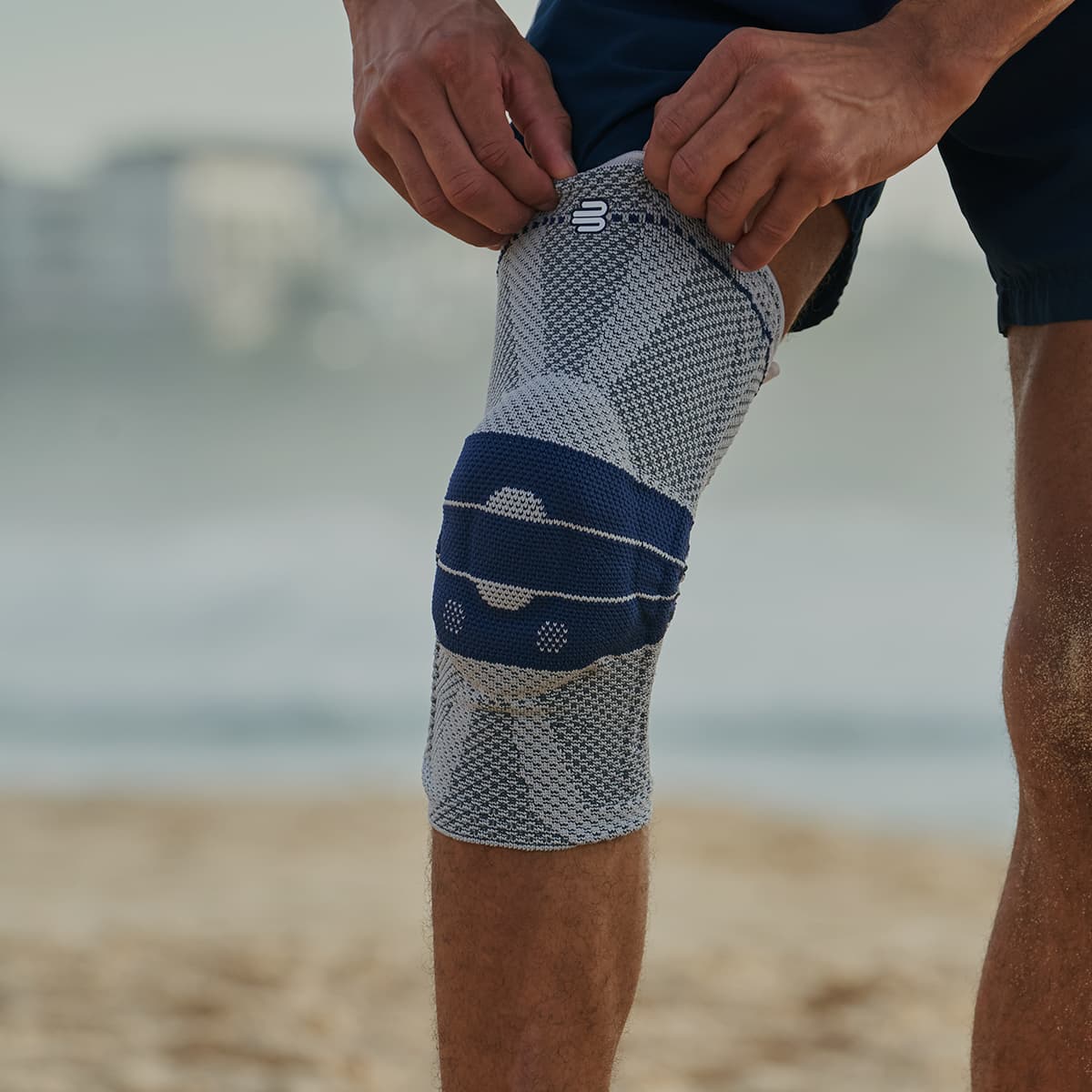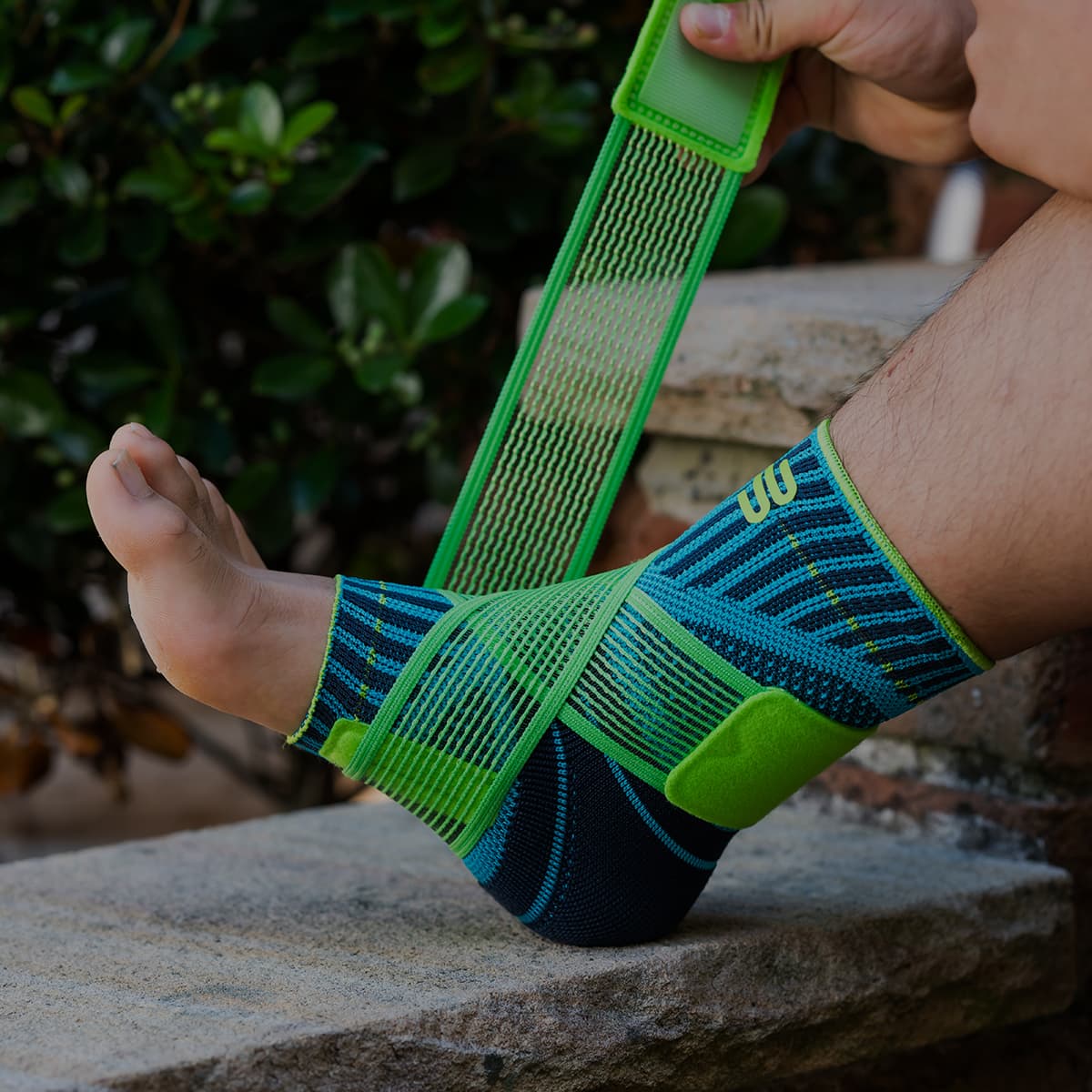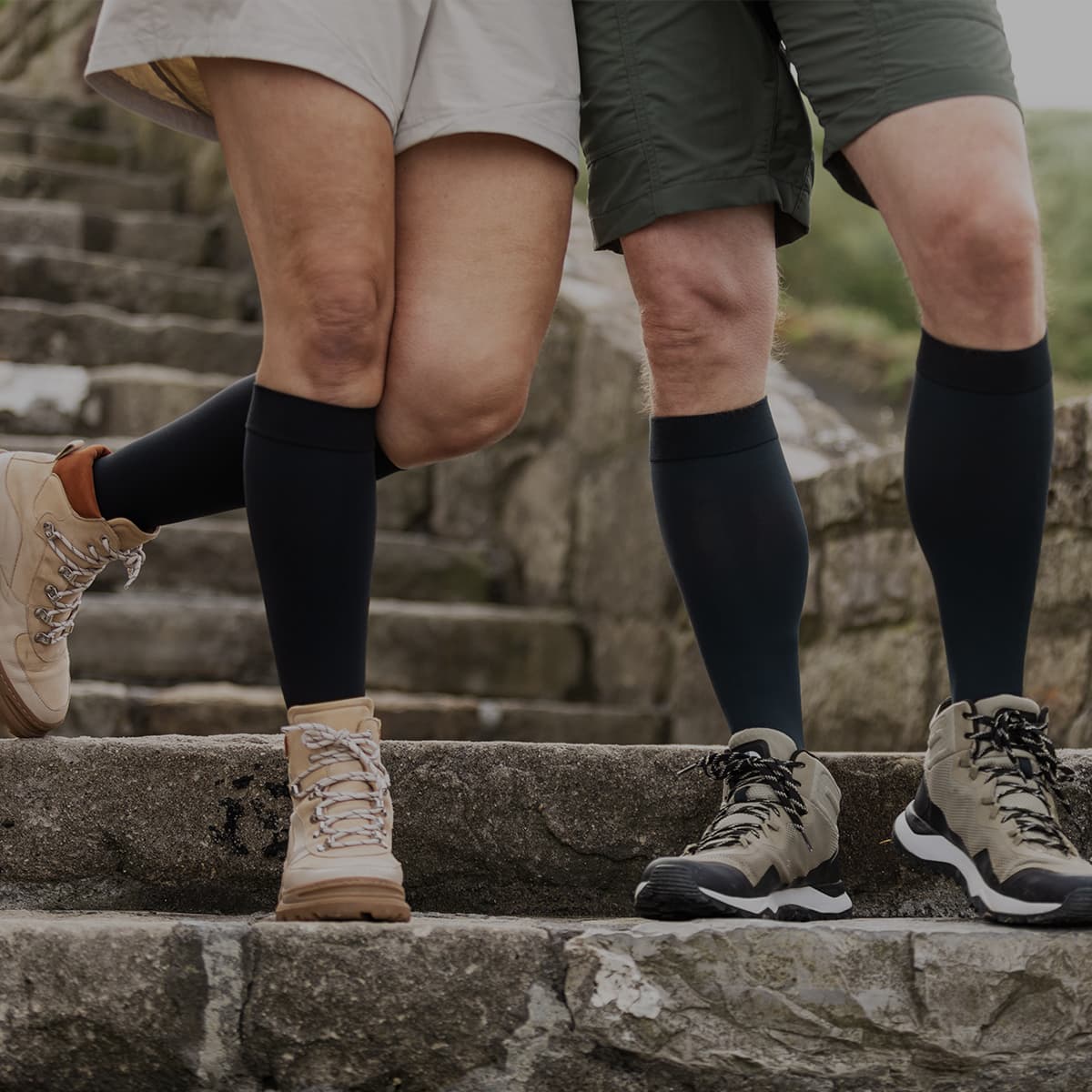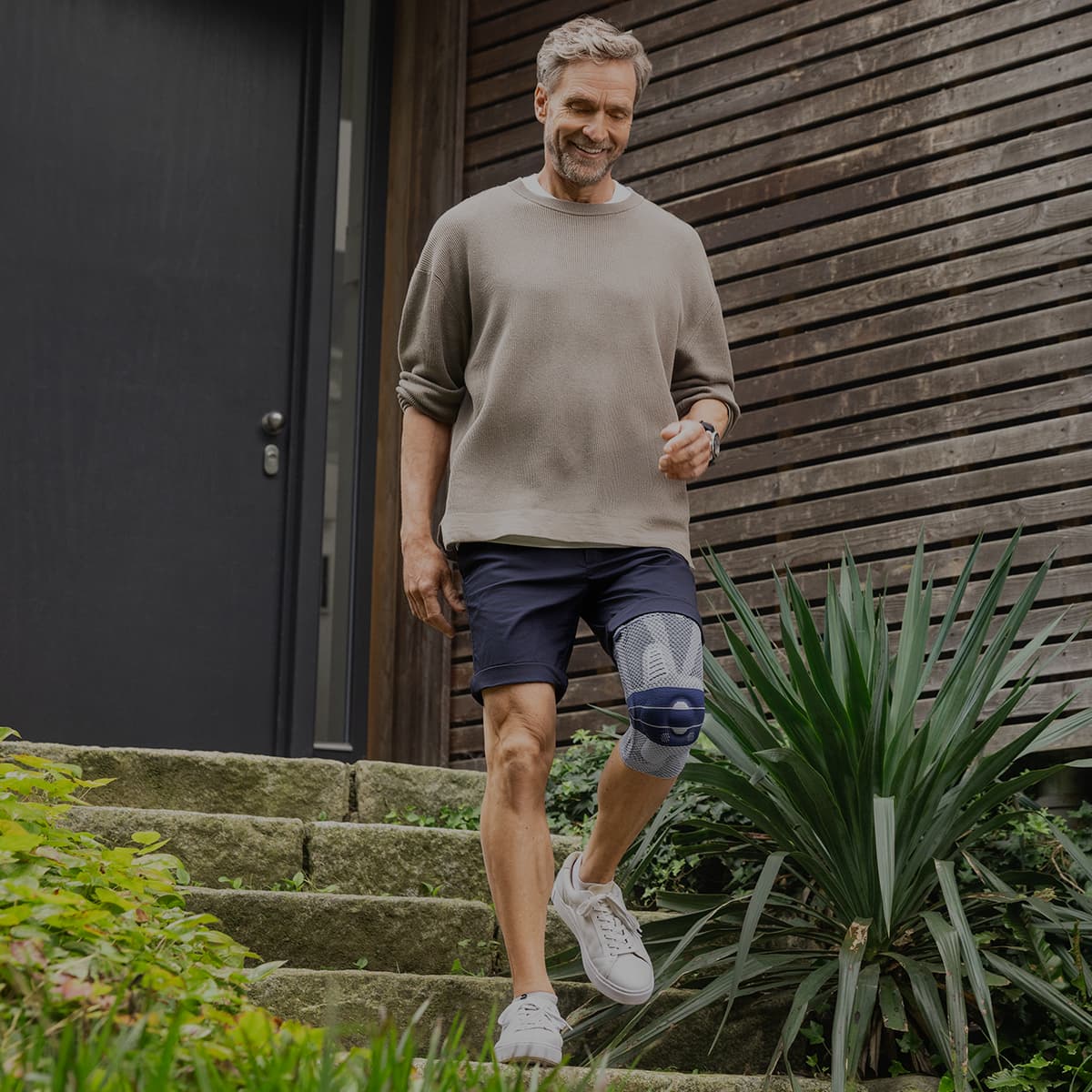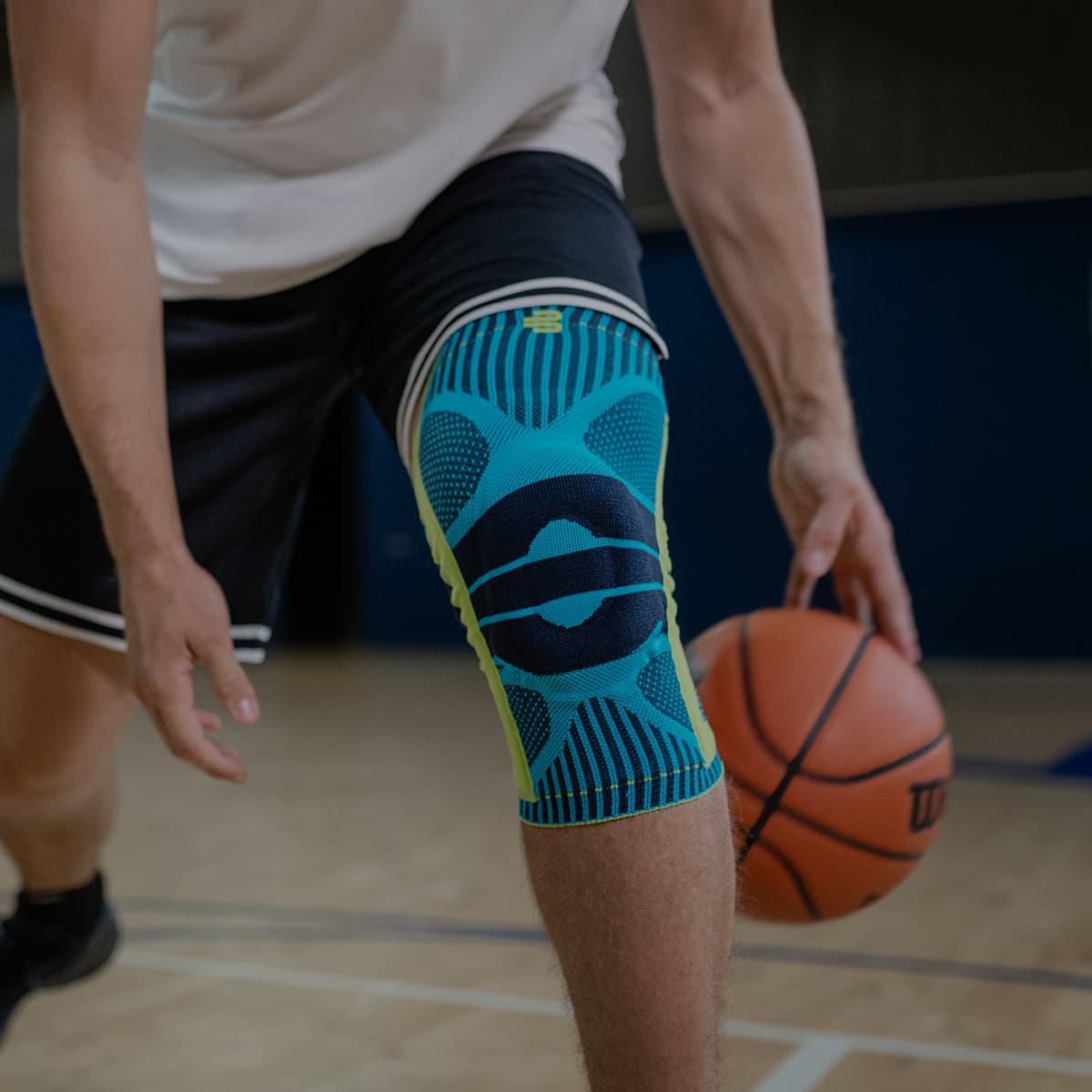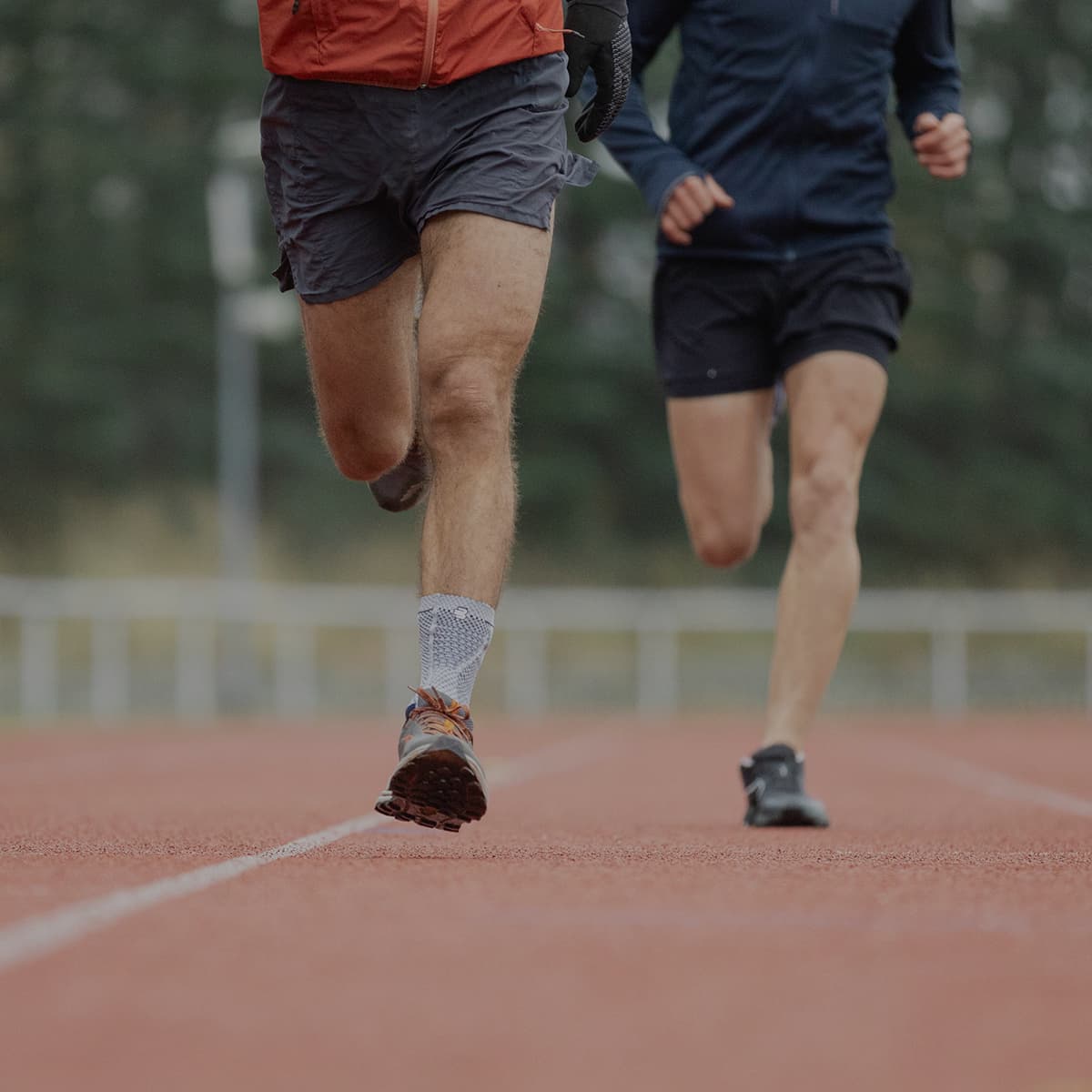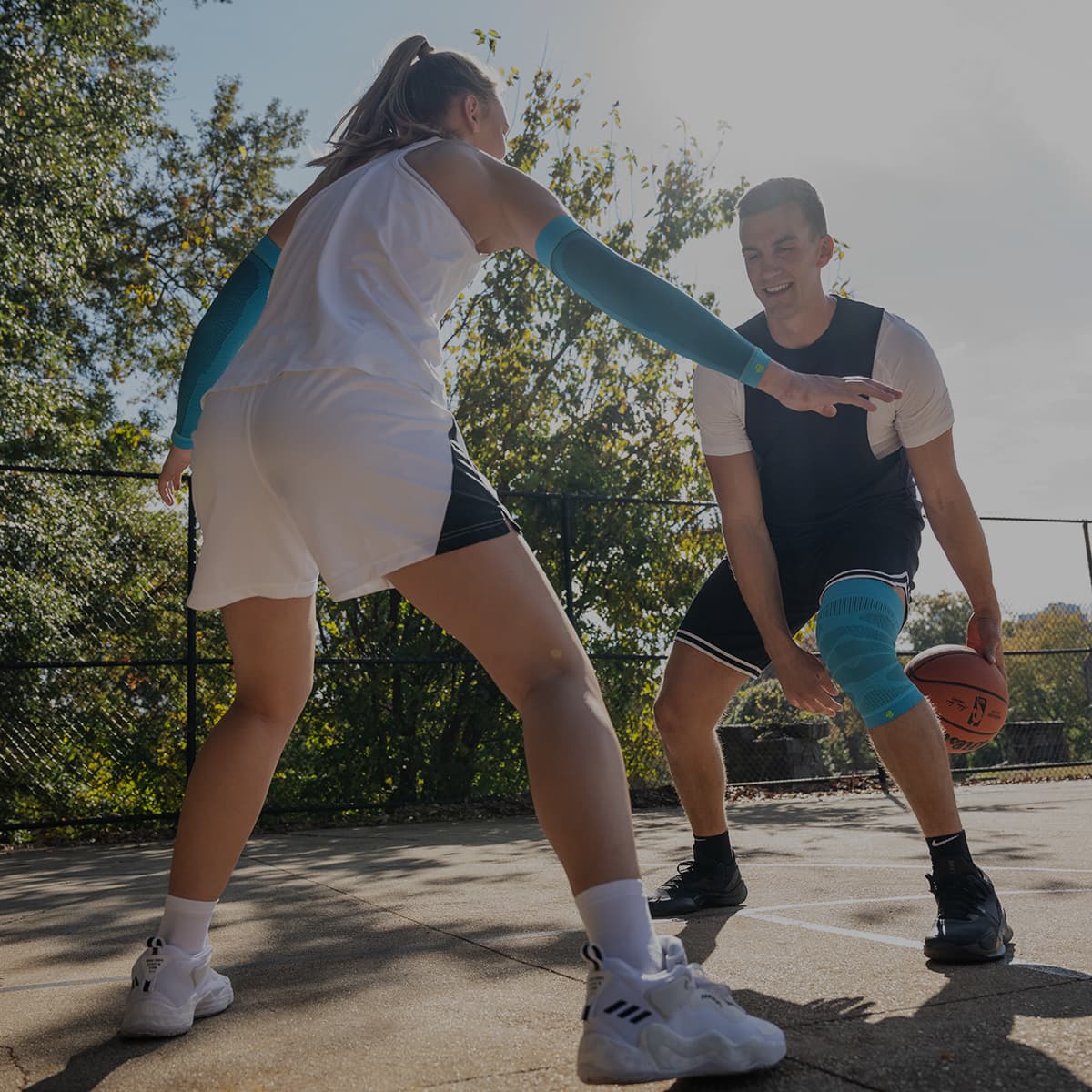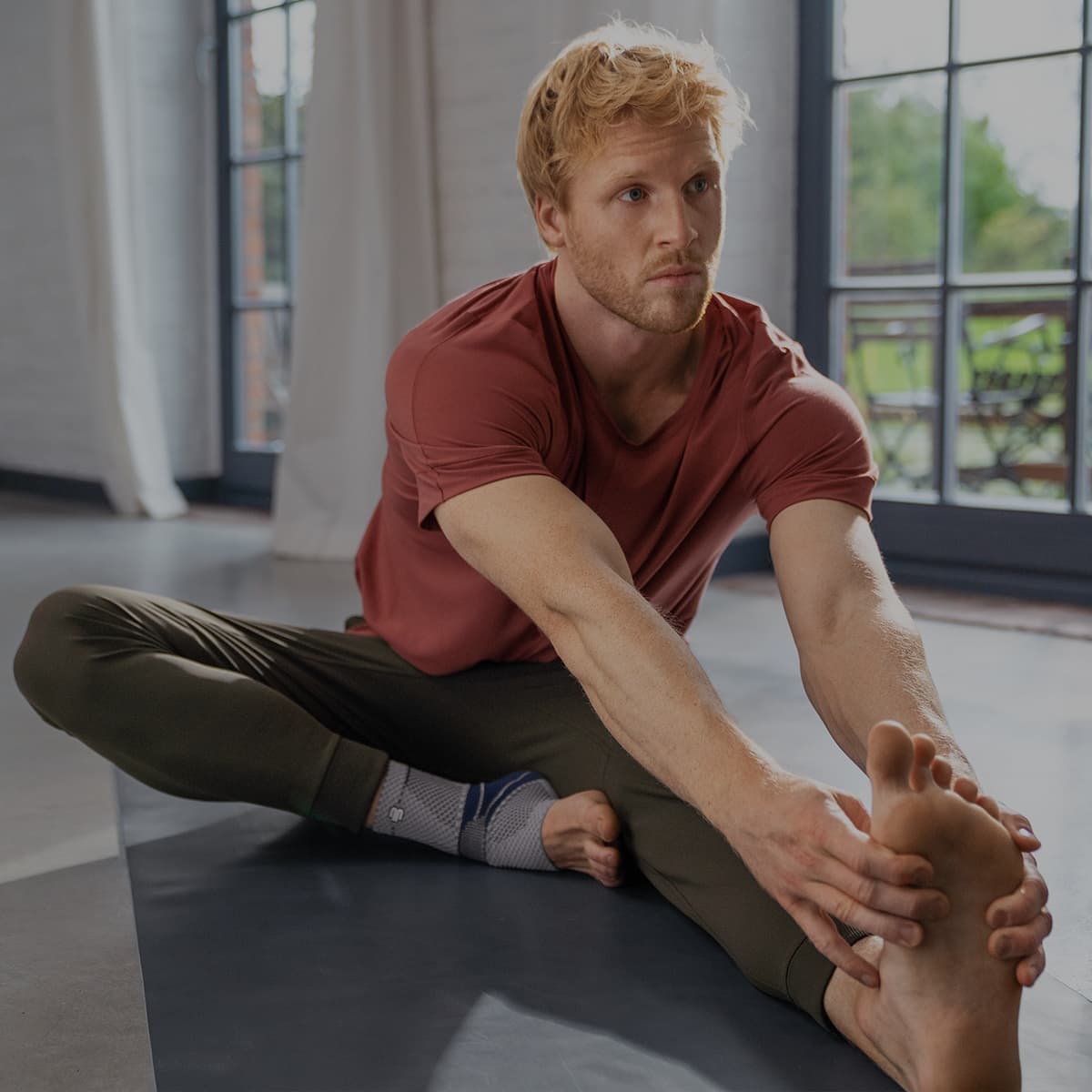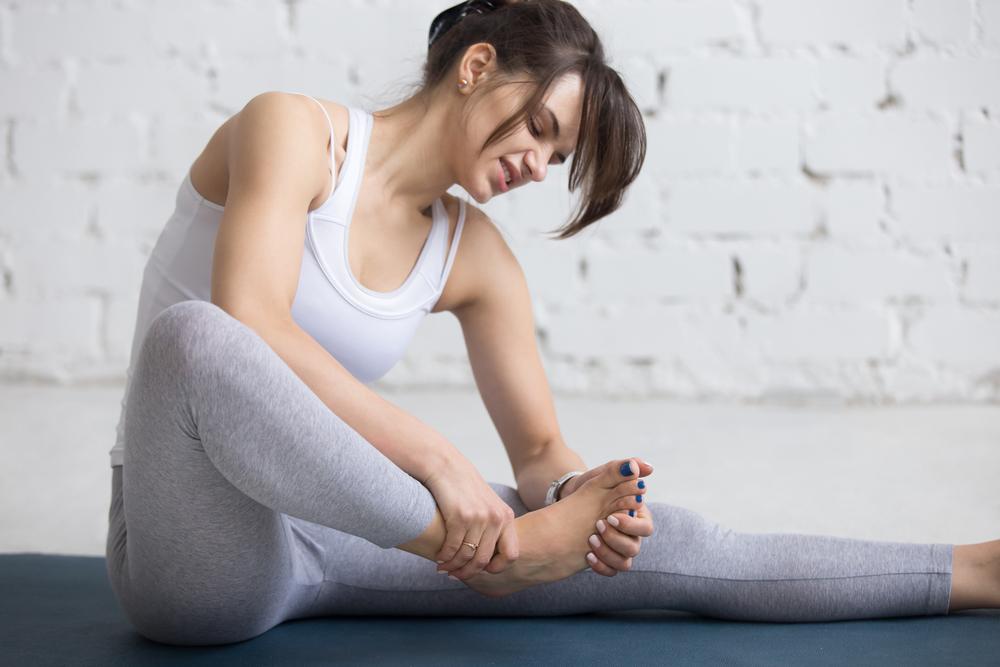With parts of the country still in lockdown, and others navigating a new norm - restricted gym access and fewer group-fitness options. The at-home workout craze has yet to slow down. To assist you with avoiding injury and staying safe, we have pulled together this simple at-home workout guide.
Four fitness types
One way to pass the time, whilst also keeping you mentally and physically fit, is exercise. However, if you have already watched a bunch of workout videos on YouTube or you're just struggling for inspiration, we have gathered a few ideas to target every part of your body, without the need for equipment.
And best of all, they are adjustable to every level of fitness.
While there are different definitions of types of fitness, some people grouping it into 2, some grouping it into 12, we’re going to go with the four core types of fitness (Flexibility, Balance, Strength and Cardio) to get the most holistic workout.
This routine is designed to be done as a whole or broken up into smaller segments over the day or week, so don’t feel like you need to tackle it all at once. Remember a workout should be sustainable and challenging, but not punishing.
At-home workout guide
- Warm-up: 6 minutes
- Flexibility – Yoga: 10 minutes
- Cardio – light HIIT: 10 minutes
- Strength – Low impact: 10 minutes
- Balance – Tai-Chi: 10 minutes
- Cooldown: 6 minutes
Warm-up - 6 minutes
To get you started, begin with some warm-ups. This is to increase your heart rate up as well as warm the muscles and joints and get everything moving.
Go through these exercises for about 30 seconds each.
- Knee raises with arms swinging
- Jog in place
- Jumping jacks
- Walking jacks
- Knee raises with pull-down (bunching your fists, raise your arms and pull them down like a weight with each step)
- Lateral step (taking a step side to side, place one foot behind the other)
- Opposite toe touch (swing your leg out and reach the toes with the opposite hand)
- Lateral butt kicks (step side to side, bringing your heel up to your buttocks)
- Mountain climbers
- Jump rope (if you don’t have a skipping rope, just jump in place with your hands like you were holding one)
- Directional jumping (jumping on the spot, hop from side to side, front to back)
Now you’re warmed up and ready to go!
Part 1: Flexibility – 10 minutes
Yoga is a good place to start off when looking to build flexibility. This will help with your breath and muscle control, increasing your flexibility to help your body’s resilience to injury. Don’t worry, it’s a beginner’s routine so stretch as you’re able.
Try this: Ten-minute yoga routine.
If you are looking to step up the Yoga to something more challenging, look at some intermediate routines that go for longer to increase that flexibility.
Take 3 minutes to stretch before heading into the next part.

Featured above: LumboTrain Lady Back Support to help reduce lower back pain and can be particularly useful to wear during exercise.
Part 2: Cardio – 10 minutes
Now that you’re warmed up and limber, it’s time to get that heart really pumping. A good cardio session helps your overall fitness, boosting your endurance. (If you’ve got a heart condition or have existing injuries, speak to your doctor to make sure you’re not at risk in these exercises).
Try this: Ten-minute cardio routine.
Take 3 minutes to rest, stretching to keep limber.
Want to help your muscles perform better and recover faster? Best compression for HIIT.
Part 3: Strength – 10 minutes
Time to focus on strength. By strengthening your muscles you reduce the strain on your joints and ligaments and engage in higher-level workouts (plus it helps to lift the heavier things!).
Try this: Ten-minute strength routine.
Take 3 minutes to stretch and rest.
Part 4: Balance – 10 minutes
Working on your balance helps with general co-ordination, proprioception of the limbs, and overall health. Tai-chi is an excellent way to improve and maintain your balance and is shown to have positive mental health benefits as well.
Try this: Ten-minute Tai-Chi balance routine.

Featured above: Bauerfeind Upper Leg and Lower Leg compression sleeves.
Cooldown and finish – 6 minutes
Cooling down is an important part of every exercise routine, as it helps minimise the risk of injury, starts your recovery and helps the body to relax. If you’ve got the space to do it and the weather’s good, 3 minutes of light jogging followed by a 3-minute walk will help.
Alternatively, follow the steps below for 45 seconds each:
- Upper body stretch
- Seated forward bend
- Knee to chest pose
- Reclining butterfly pose
- Childs pose
For more tips on working out from home: Dos and Dont's for working out during Covid-19.
For assistance selecting the right product for your needs, book a video consultation with a Bauerfeind expert: Book Video Call, or call us on 1300 668 466.
Do you have private health? Most private health extras will cover Bauerfeind Products, check to see if yours is included. Bauerfeind Private Health Insurance Enquiry.

